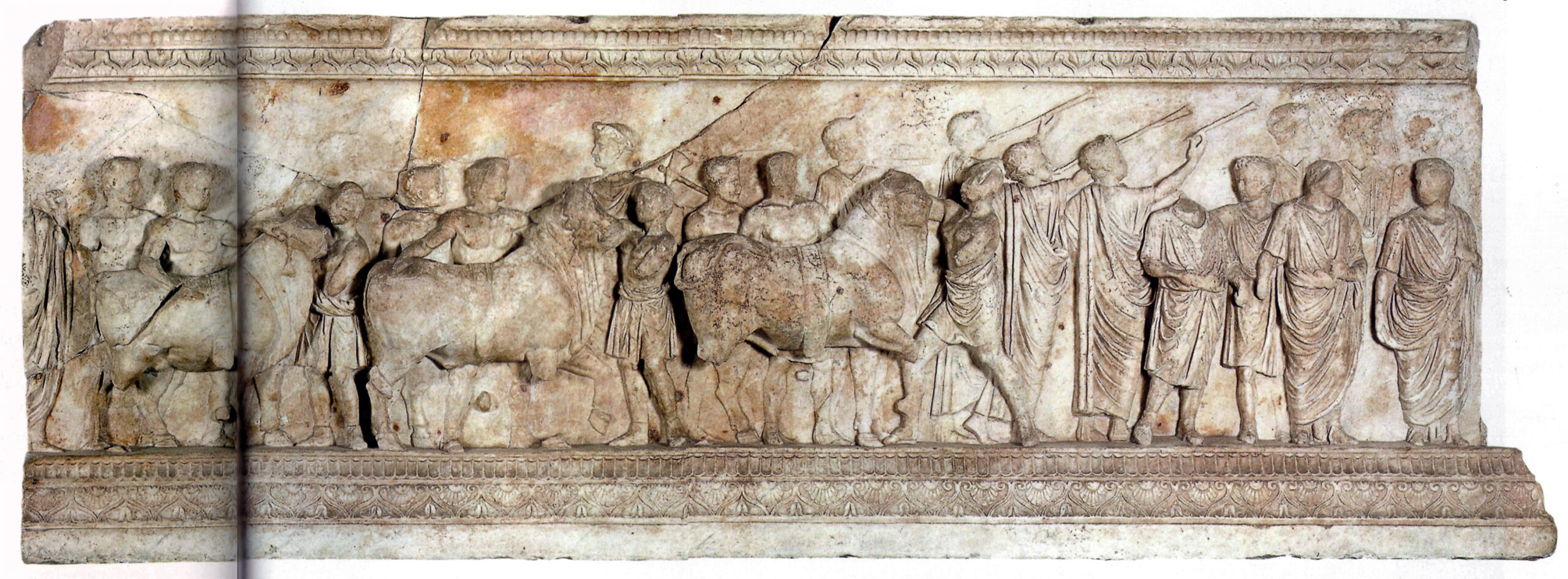Arsinoe II Philadelphus pompe
| TITLE: |
| Arsinoe II Philadelphus’ pompe |
| DATE: |
| 316-270/260 BC |
| TEXT: |
| EDITIONS/TRANSLATIONS: |
| KEYWORDS: |
| Word used to mean procession: |
| Word used to mean the cult images: |
| Gods or other entities named: |
| Description of the cult images: |
| Procession’s route: |
| Frequency with which the procession takes place: |
| Performers: |
| κανηεφόροι as eponym of priestesses, “dazu bestimmt, ihren Kult in einem griechischen Festzuge zu vertreten, d.h. jedenfalls in jenem von Philadephos zu Ehren seines Vaters gestifteten Agon, der dann in ein Alexanderfest umgestaltet worden ist, bei dem auch die apotheosiert Ptolemaier besonders geehrt worden sind” (Otto 1908, vol. 2, p. 267). In the same vein, we also find: ἀθλοφόροι στεφανηφόροι πυροφόροι |
| References to the public attending the procession: |
| Rites related to the procession: |
| Allusions to conduct or forms of reverence: |
| Other remarkable elements: |
| Arsinoe II was a Ptolemaic queen (Queen of Thrace, Anatolia, and Macedonia by marriage to King Lysimachus) and co-regent of the Ptolemaic Kingdom of ancient Egypt (she became co-ruler of the Ptolemaic Kingdom upon her marriage to her brother, Pharaoh Ptolemy II Philadelphus). She was given the Egyptian title “King of Upper and Lower Egypt”, making her pharaoh as well. |
| BIBLIOGRAPHY: |
| BÖMMER (1952), RE: s.v. Pompa. Herrscher, Vol. XXI.2, p. 1965, n.275. OTTO, W. VON (1908): Priester und Tempel im Hellenistischen Ägypten. 2 vols., B. G. Teubner, Leipzig / Berlin |
